As a BetterHelp affiliate, we receive compensation from BetterHelp if you purchase products or services through the links provided
Ever felt the world’s weight on your shoulders in our ever-bustling age? Dive into the magic of visualization, a transformative practice that battles the strains of daily stress and unlocks the mind’s potential to rejuvenate and restore. With every vivid image or scene you craft, you’re steering your emotions and physical state toward tranquility. Let’s explore how the mind’s eye becomes the gateway to serenity and a robust stress-defense mechanism.
Key Takeaways
- Visualization promotes relaxation and stress reduction by engaging the mind in creating positive images and experiences.
- The technique can influence emotions, thoughts, and physical state, enabling better stress management.
- Incorporating multisensory imagery and mindfulness can enhance the effectiveness of visualization for relaxation and stress reduction.
 Understanding Visualization
Understanding Visualization
Visualization is a powerful technique that uses your imagination to create mental images and scenarios. This can help promote relaxation and stress reduction. You might have come across terms like creative visualization, guided imagery, or mental imagery, which are all aspects of visualization techniques.
When you visualize, you’re essentially using your mind’s eye to picture a calming scene, object, or situation. This can be a simple image, such as a flower or a beach, or a more complex scene with different sensory details, like the sound of waves crashing against the shore, the feel of warm sand, or the smell of salty water.
Creating these mental images allows your mind to focus on something positive and calming, which in turn, helps reduce stress and anxiety. As you immerse yourself in your imagined environment, your brain begins to respond as if you are there, experiencing the relaxation firsthand. This can lead to a decrease in heart rate, blood pressure, and muscle tension.
To practice visualization effectively, find a quiet and comfortable place to close your eyes and focus on breathing. Once you feel relaxed, picture a scene or scenario that brings you peace and calm. It’s essential to use all of your senses – sight, sound, touch, taste, and smell, as this will help make the mental imagery more vivid and convincing.
Remember, there is no right or wrong way to visualize, as everyone’s imagination is unique. It might take some time and practice to get better at creating mental images, and you might even find that certain types of visual imagery work better for you than others.
Do not shy away from exploring different visualization techniques, as each has its benefits. For instance, guided imagery involves following step-by-step instructions provided by a practitioner or an audio recording. At the same time, creative visualization encourages you to use your imagination to create mental images.
In conclusion, visualization is a powerful tool that can significantly help you relax and reduce stress. This technique can strengthen your mental imagery skills and improve your overall well-being.
 The Role of Visualization in Stress Reduction
The Role of Visualization in Stress Reduction
You’ll find that visualization is a powerful tool in stress reduction, bringing a sense of relaxation and calm to your mind. By creating mental images, you can transport yourself to a peaceful environment and escape the stressors of daily life, allowing your body to relax and recover.
Visualization is an effective stress management technique because it directly affects your stress response. When you engage in visualization, you train your brain to focus on positive, calming, and pleasant images. This helps to reduce the production of stress hormones, promoting a more relaxed state overall.
To enhance relaxation, choose a soothing scene in your mind. This could be a peaceful beach, a quiet forest, or even a favorite room in your home. Spend a few moments focusing on every aspect of this environment – the colors, smells, sounds, and textures. The more vividly you can picture it, the more effectively it reduces stress.
One crucial benefit of visualization is its ability to distract from anxiety-provoking thoughts. Focusing on your inner sanctuary can crowd out stress-inducing thoughts and break negative thought patterns. Over time, this can help improve your overall stress management skills.
It is also worth mentioning that visualization doesn’t have to be a lengthy process. Even a quick 5-minute mental break during a stressful day can relieve noticeable stress. By practicing regularly, you’ll find your ability to visualize more vivid and detailed scenarios will improve, making it easier to achieve relaxation.
Remember, visualization is a personal technique that varies for everyone. Allow yourself to explore different settings and environments to discover what works best for you. Incorporating this powerful tool into your stress management routine, you’ll experience increased relaxation and greater control over your stress response.
 Visualization Techniques for Relaxation
Visualization Techniques for Relaxation
You might want to consider visualization techniques as you search for ways to promote relaxation and reduce stress. These powerful mental exercises can help you achieve a sense of calm and focus, leading to a more relaxed state.
One popular relaxation technique that incorporates visualization is progressive muscle relaxation. In this method, you gradually tense and relax different muscle groups while focusing on the sensation mentally. As you progress through the muscle groups, you can also visualize a calming, peaceful scene or imagine the tension leaving your body, helping to enhance your relaxation.
Another effective relaxation technique is guided visualization, in which you mentally create a detailed and vivid image of a peaceful environment or situation. To try this technique, find a comfortable and quiet place to sit or lie down. Take a few moments to focus on your breathing, then begin to imagine your chosen scene. It could be a tranquil beach, a beautiful forest, or any other place that makes you feel calm and relaxed. Make sure to involve all your senses – hear the sound of the waves crashing, feel the cool breeze on your skin, and smell the salt in the air, for example.
Throughout the exercise, maintain a gentle mental focus on the images and feelings and let any distractions float by, allowing yourself to become more deeply relaxed. As you continue with your guided visualization, you may find that your performance in other areas of life, such as work or sports, also improves. Your increased ability to relax and focus can translate into better concentration and a positive overall mindset.
In conclusion, visualization techniques are beneficial for promoting relaxation and stress reduction. Whether you prefer progressive muscle relaxation or guided visualization, both methods can help you achieve a calmer, more focused, and relaxed state of being.
Physiological Impact of Visualization
When you practice visualization, your body can experience relaxation and stress reduction. This calming effect is achieved by combining physiological responses as you focus on your breath, allowing your body to be more balanced.
During visualization, you often start by taking deep breaths. This process can help your lungs expand fully, leading to increased oxygen intake and improved circulation. As your breathing becomes deeper and slower, your blood pressure and heart rate can decrease, helping to alleviate pressure on your cardiovascular system.
Another physiological change that occurs during visualization is the reduction in muscle tension. As you concentrate on your breath and the peaceful images you are picturing, your muscles may relax, releasing built-up tension. This can be particularly helpful when you experience stress, which can cause the body to tighten certain muscle groups unconsciously.
The practice of visualization also impacts the production of hormones in your body. It can encourage the release of endorphins, natural pain relievers, and mood enhancers. These hormones can counteract the stress hormones that can flood your system when you feel overwhelmed, contributing to a more relaxed and peaceful state of mind.
To summarize, incorporating visualization into your daily routine can have a positive influence on numerous physiological responses in your body, such as:
- Improved breathing and lung function
- Reduced blood pressure and heart rate
- Lower muscle tension
- Boosted endorphin levels
These physiological changes allow you to enjoy greater relaxation and reduced stress levels. So, try visualization and see how it can benefit your emotional and physical well-being!
 The Power of Mindfulness and Visualization
The Power of Mindfulness and Visualization
Practicing mindfulness and visualization can have a significant impact on your well-being. Incorporating these techniques into your daily routine allows you to experience relaxation and stress reduction.
Mindfulness encourages you to be fully present, allowing you to observe your emotions, thoughts, and bodily sensations without judgment. Meditation is an excellent way to practice mindfulness and increase self-awareness. As you meditate, your brain activity naturally shifts, quieting the cognition center and working to strengthen the subconscious mind. This results in a peaceful, calm state of being.
Conversely, visualization involves using your imagination to create images that evoke positive emotions. This process is similar to daydreaming but with focused intent. While engaging in visualization, you are essentially rewiring your brain to create new pathways that align with your desired emotions, such as self-love and tranquility.
When combined, mindfulness and visualization serve as powerful tools for stress reduction. By practicing these techniques regularly, you can create a deeper connection with your emotions, enabling you to manage better and reduce stress.
Here are some tips for incorporating mindfulness and visualization into your daily routine:
- Set aside time each day for a brief meditation session. Start with five minutes and gradually increase the length as you become more comfortable.
- During meditation, focus on your breath and allow your thoughts to come and go without judgment.
- Visualize a peaceful, calming scene or imagine yourself embodying your desired emotions, such as self-love and confidence.
- Practice remaining present and fully engaged in your day-to-day activities, noticing the sights, sounds, and smells around you.
By making a conscious effort to incorporate mindfulness and visualization into your life, you can not only reduce stress but also improve your overall emotional well-being. Give yourself the gift of self-care and watch your inner peace and happiness grow.
 Incorporating Multisensory Imagery
Incorporating Multisensory Imagery
Incorporating multisensory imagery into your visualization practice can be highly effective when aiming to relax and reduce stress. Multisensory imagery involves tapping into various senses to create a fully immersive experience. By considering sight, sound, touch, smell, and taste, you can transport yourself to a comfortable and tranquil place that promotes relaxation.
Imagine a peaceful scenario, such as a serene ocean scene. Visualize the sight of the crystal-clear waves gently rolling in, the vibrant colors of the sunset, and the soft sand beneath your feet. Engage your auditory senses by hearing the soothing sounds of the water, the rustle of palm leaves, and the distant call of seagulls. Bring attention to your physical sensations, like the warmth of the sun on your skin, the feeling of the ocean breeze against your body, and the texture of the sand beneath your toes.
Next, focus on the scents that accompany this calming environment. Breathe deeply and imagine the salty air, the fragrance of tropical flowers, or the aroma of sunblock. Don’t forget to consider taste, such as the sweetness of a cold beverage or a bite of fresh fruit.
By engaging all your senses in this peaceful scenario, your body can respond by letting go of stress and tension. Embracing the full spectrum of your senses helps transport you to a more realistic and pleasant mental space, resulting in a more profound understanding of calm and relaxation. Integrating multisensory imagery in your visualization practice can allow you to escape the hustle and bustle of daily life, granting you a much-needed moment of peace and tranquility.
The Role of Visualization in Goal-Setting
When setting goals, visualization can be a powerful tool to help you achieve them. Guided visualization is a form of mental rehearsal, imagining yourself in situations where you have already achieved your goals. Doing this lets you see the desired outcomes and manifest them into your reality.
As you visualize your goals, you create a mental image of what success looks like. This image helps to reinforce your belief in your ability to accomplish the goal and fosters motivation. Envisioning your desired outcome can also help you identify any obstacles or challenges that might arise, allowing you to create strategies to overcome them.
Practicing visualization regularly allows you to rehearse your path to success. This mental rehearsal helps you fine-tune your approach and bolsters your confidence, as you can imagine yourself quickly navigating through potential challenges. Furthermore, it enhances your motivation, as the more vividly you can imagine your success, the more driven you’ll be to achieve it.
Remember, the key to effective visualization is to imagine yourself as the person you want to be after accomplishing your goals. With the clarity and detail you bring to this image, your goals will become more practical and attainable. So take a few moments each day to visualize and watch your motivation and progress towards your goals flourish.
Research and Evidence on Visualization and Relaxation
You might be wondering how visualization promotes relaxation and stress reduction. Research and scientific evidence have shown that visualization significantly impacts relaxation and stress reduction.
Recent studies indicate a strong connection between visualization and the cerebellum—the brain region responsible for processing visual information, among other functions. When you visualize a relaxing scene or image, your cerebellum helps recreate that mental picture, relaxing your muscles and nervous system.
Various scientific studies have demonstrated the power of visualization in promoting relaxation:
- Researchers have found that mentally rehearsing a skill or a sequence of events helps improve performance and calm nerves. By imagining yourself in a peaceful environment, you engage your cerebellum and can experience relaxation.
- Athletes, performers, and professionals have widely used visualization techniques to reduce anxiety and stress before events or presentations, proving that these techniques effectively promote relaxation.
- A study published in the Journal of Clinical Psychology showed that visualization combined with other stress reduction techniques significantly reduced anxiety and stress in participants.
To incorporate visualization techniques into your relaxation routine, try these steps:
- Find a quiet and comfortable space to be alone for a few minutes.
- Close your eyes and take a few slow, deep breaths.
- Envision yourself in the most relaxing environment possible—maybe a quiet beach, a serene forest, or simply your cozy living room with your favorite book.
- Focus on the details of the scene, the sounds, the smells, and how your body feels in that space.
- Immerse yourself in the image for five to ten minutes, slowly breathing in and out.
Remember, practicing visualization regularly can help improve your ability to reduce stress and increase relaxation. So go ahead and give it a try—your mind and body will thank you!
 Using Visualization in the Management of Chronic Conditions
Using Visualization in the Management of Chronic Conditions
Chronic conditions like heart disease, depression, and chronic pain can significantly impact your quality of life. One effective method for dealing with these health problems is visualization. You can actively promote relaxation and stress reduction by using your imagination and mental imagery.
Visualization techniques can help you manage your chronic illness by focusing your thoughts on positive imagery. For example, when faced with chronic pain, imagine the pain as a warm, gentle wave that washes over your body and dissipates as it moves through. This simple mental exercise can alleviate discomfort and bring a sense of calm to your mind and body.
Incorporating visualization into your daily routine can improve your mental well-being when dealing with heart disease and depression. By picturing a serene environment or joyful moments, you are shifting your focus to positive emotions. This mental state change can lessen the emotional burden of your health problems and increase relaxation.
To maximize the benefits of visualization, consider the following tips:
- Find a quiet, comfortable space where you can concentrate without distractions.
- Close your eyes, take deep breaths, and relax your muscles before starting your visualization exercise.
- Make your mental images as vivid and detailed as possible. Engage all your senses during the process.
- Practice regularly to enhance the effectiveness of visualization in managing your chronic condition.
Remember, you have the power within you to take control of your chronic health problems. Visualization techniques can complement traditional treatments, reducing stress and promoting relaxation in your journey toward better well-being.
Final Thoughts
Incorporating visualization techniques into your daily life can significantly improve your mental and physical health. You can achieve inner peace and better manage stress levels by consistently practicing.
Visualization can positively impact your path to relaxation, enabling your mind to focus on calming and serene images. This mental exercise can provide an oasis of peace and tranquility amidst the chaos of everyday life.
Moreover, maintaining a regular practice of visualization can lead to improved physical health. Easing stress and anxiety through visualization can help lower your heart rate, blood pressure and promote healthy sleeping habits.
In conclusion, incorporating visualization into your daily routines can help you find balance, promoting better overall mental and physical well-being. Remember, consistency is crucial in reaping the benefits of visualization. So, add this technique to your self-care toolbox and experience the difference it can make in your stress reduction journey.
Frequently Asked Questions

How does visualization impact stress levels?
Visualization can help reduce stress by shifting your focus from the stressors to a calming and peaceful scene. When you engage in visualization exercises, you allow your mind to concentrate on positive mental images, which in turn helps to lower your stress levels. By doing this, you are training your brain to associate relaxation with your created mental images. The more you practice, the more effective it becomes.
What are the benefits of visualization in relaxation?
The benefits of visualization in relaxation include promoting calmness, reducing anxiety, improving mood, and increasing focus. By creating mental images, you can activate your body’s relaxation response. This process helps to release tension, slow down your heart rate, lower blood pressure, and decrease cortisol levels – all of which contribute to relaxation.
Can visualization techniques help in managing stress?
Yes, visualization techniques can help manage stress by providing a mental escape from the stressors in your life. Regular visualization practice can help build resilience towards stress, allowing you to cope more effectively with future challenges. Additionally, visualization exercises give you control over your emotions and reactions, which can lead to better stress management.
Do mental imagery exercises contribute to stress reduction?
Mental imagery exercises do contribute to stress reduction. When you use mental imagery to create a peaceful and soothing environment in your mind, it sends signals to your body to relax. This practice, often called guided imagery, helps calm your mind, relieve tension, and lower stress levels. Incorporating mental imagery exercises into your routine can significantly reduce stress.
What role does imagination play in relaxation and stress relief?
Imagination plays a crucial role in achieving relaxation and stress relief. Using your imagination, you can create vivid and appealing mental images that can help to induce relaxation. This allows you to escape your stressors, even briefly, and transports you to calmness and tranquility. Your imagination can be a powerful relaxation and stress relief tool when used effectively.
How effective is visualization as a relaxation tool?
Visualization can be an effective relaxation tool when practiced regularly and consistently. Although the effectiveness of visualization may vary for each person, many individuals have reported decreased stress levels, increased relaxation, and an overall improvement in mental well-being after incorporating visualization exercises into their routines. By dedicating time and commitment to visualization practice, you can experience its benefits in enhancing your relaxation and reducing stress.
About Me:
Hello, I’m Jacob Maslow. My journey through the labyrinth of mental health has been a mix of challenges and revelations. As someone who leans on Lexapro to maintain a balance and has experienced therapy’s transformative power, I’ve come to understand the intricate layers of human emotions and psyche.
Tragically, my personal life has been marred by the shadows of an ongoing court battle with my ex, who, burdened by a severe case of narcissism, has alienated our children from me. This, despite shared custody orders. These experiences and our previously deep bond have often felt like an emotional rollercoaster.
Each day, I embark on long, reflective walks, seeking clarity and solace to combat the weight of my circumstances. The whisper of the trees and the rhythm of my footsteps have often been my most trusted therapists.
Driven by my personal experiences, I’ve dedicated myself to writing about mental health and the complexities of narcissism. Through my words, I aim to offer guidance, solace, and understanding to those entangled with narcissistic partners or confronting their mental health challenges. Anyone can surmount their mental health obstacles with the right tools and resilience.
Moreover, I’ve channeled my experiences into creating a legal platform to assist those battling spouses who defy court orders, using children as pawns rather than embracing co-parenting. We can traverse life’s challenges together through understanding and the right resources.
- How to Stay Calm When Dealing with Head Lice - September 30, 2025
- Easy Ways to Relax at the End of the Day - September 30, 2025
- How Organized Equipment Maintenance Reduces Worker Stress - September 30, 2025
This site contains affiliate links to products. We will receive a commission for purchases made through these links.

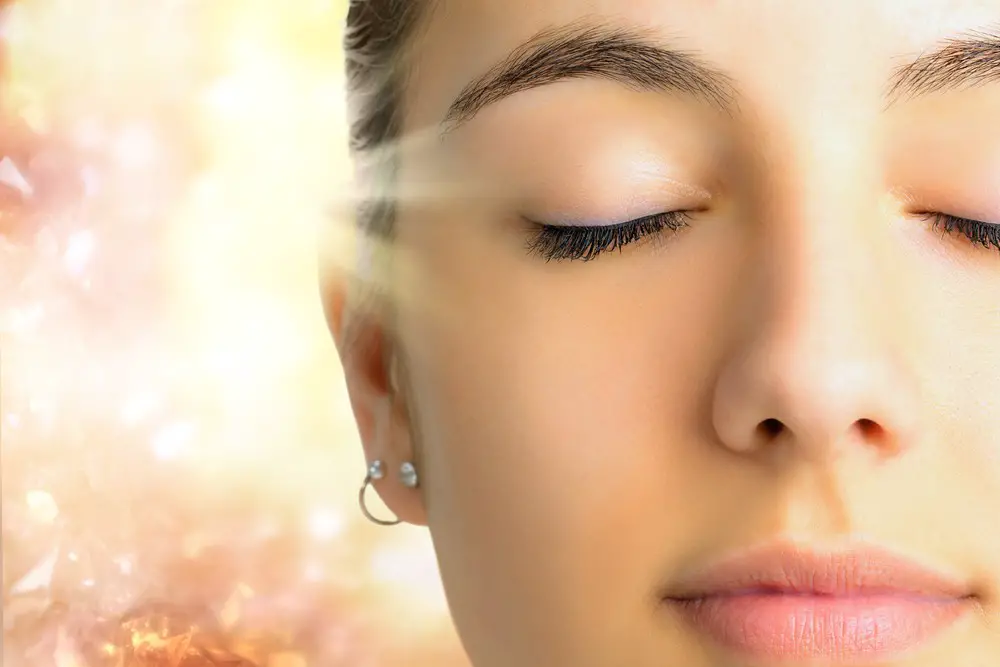
 Understanding Visualization
Understanding Visualization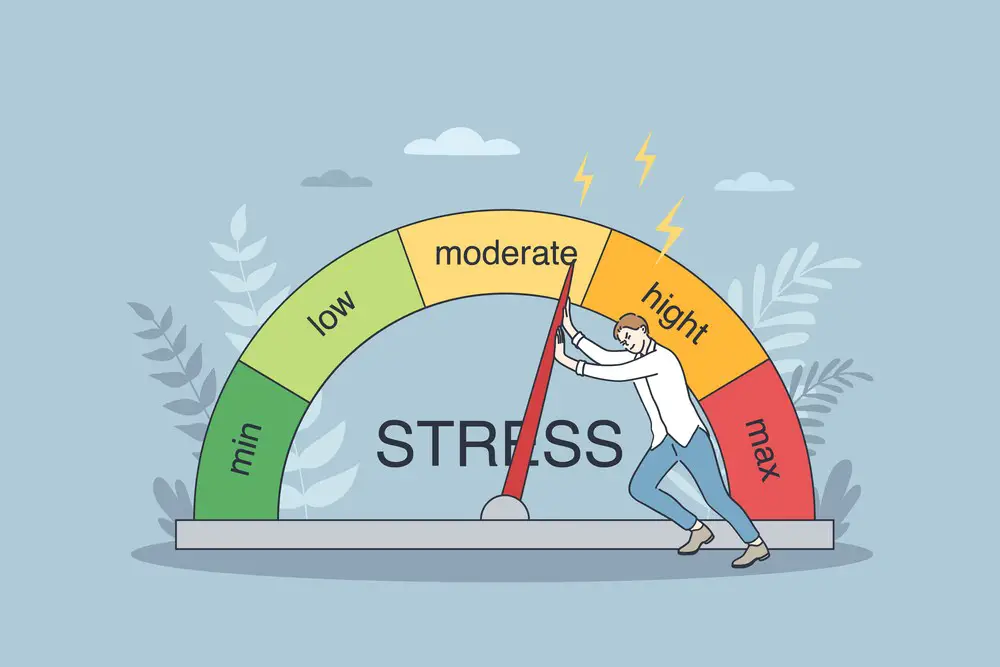 The Role of Visualization in Stress Reduction
The Role of Visualization in Stress Reduction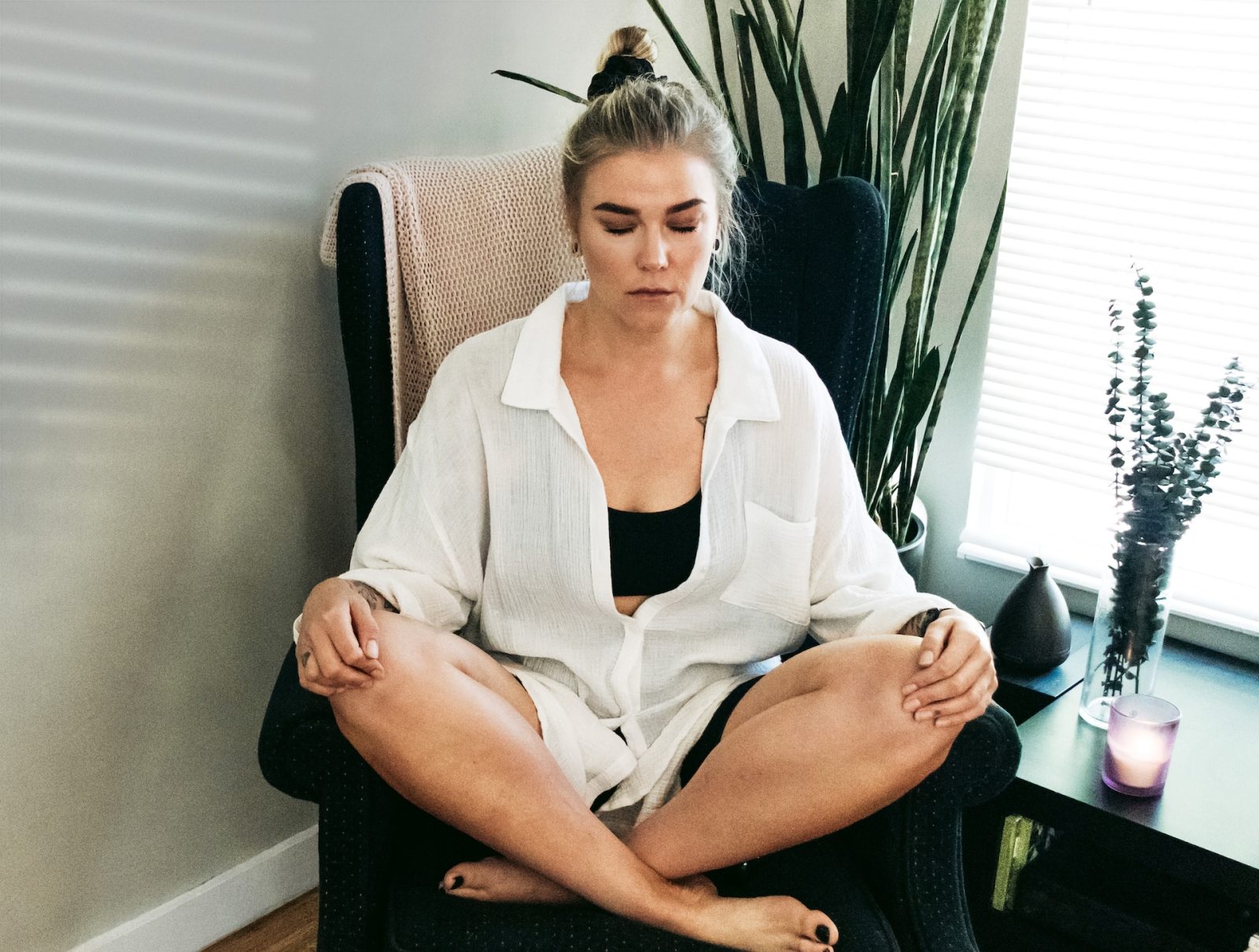 Visualization Techniques for Relaxation
Visualization Techniques for Relaxation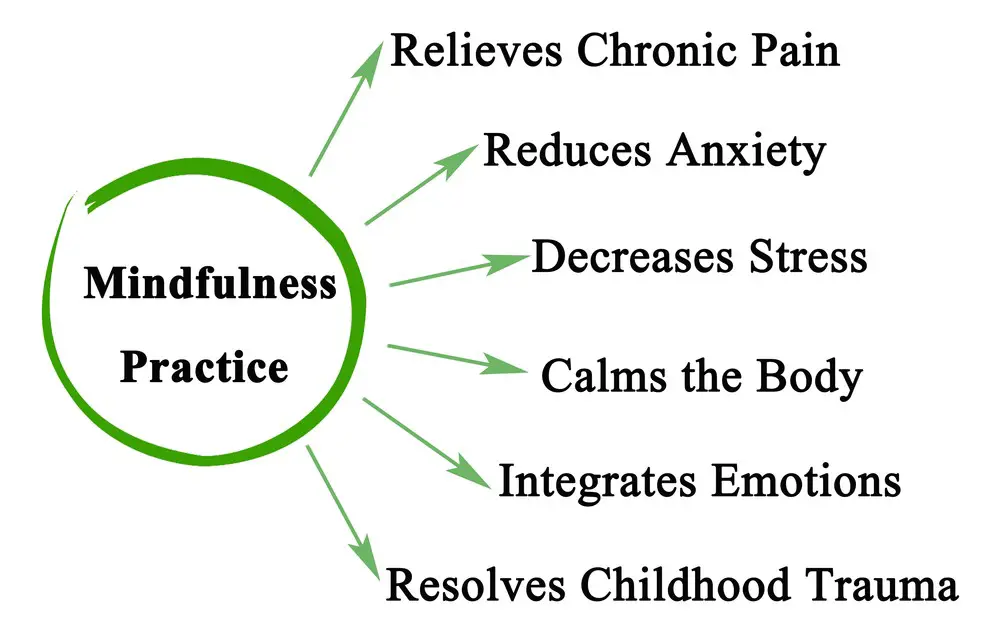 The Power of Mindfulness and Visualization
The Power of Mindfulness and Visualization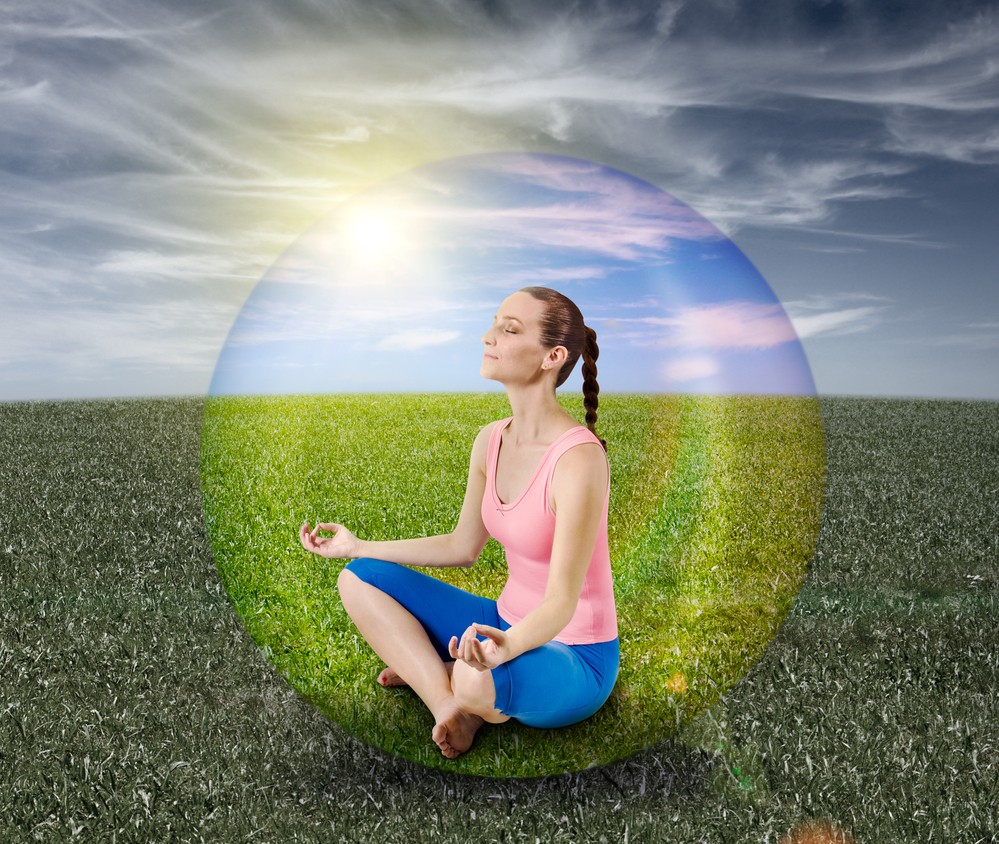 Incorporating Multisensory Imagery
Incorporating Multisensory Imagery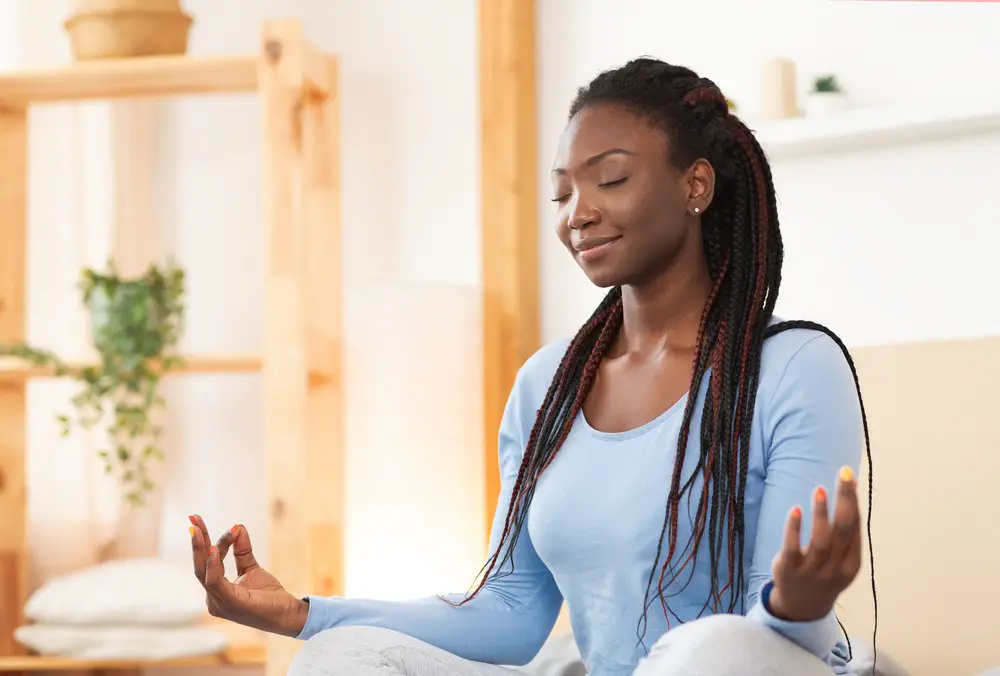 Using Visualization in the Management of Chronic Conditions
Using Visualization in the Management of Chronic Conditions
